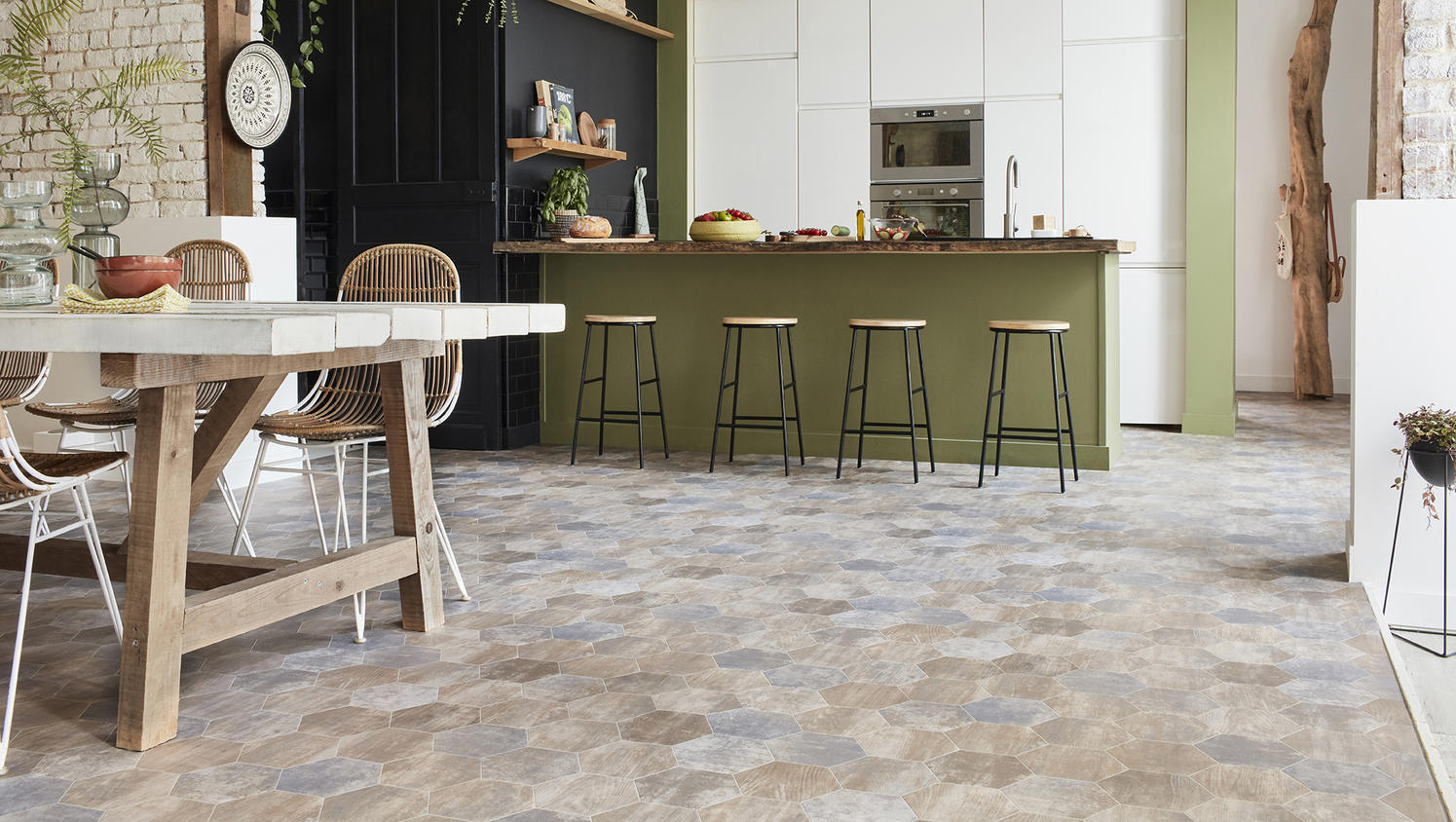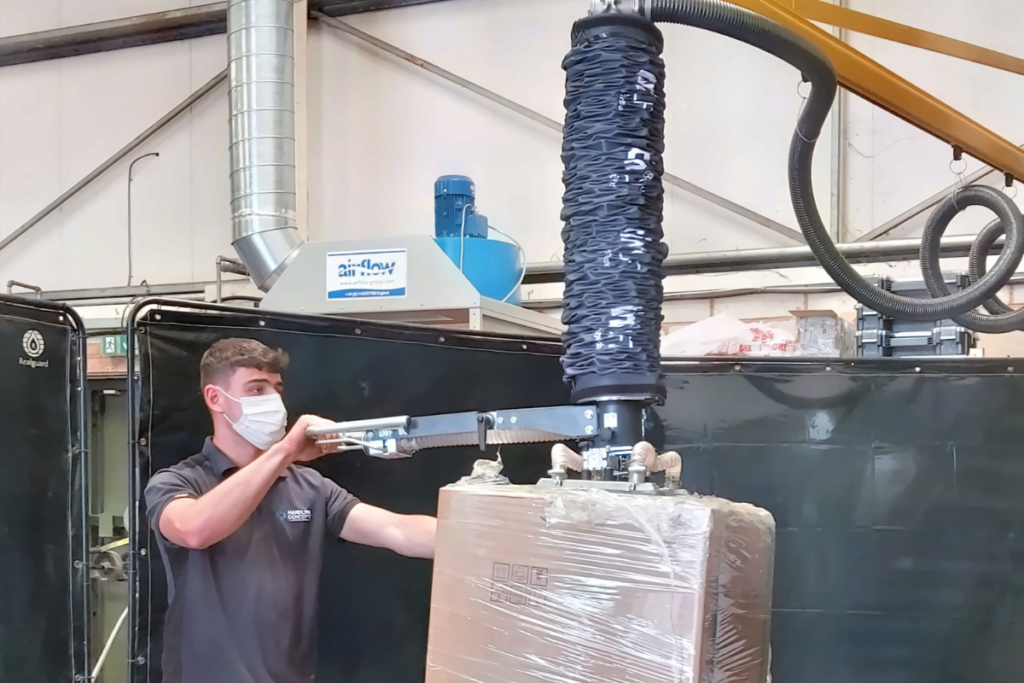When it comes to selecting the right flooring for a renovation project, homeowners often find themselves comparing vinyl flooring rolls and tiles. Both offer unique benefits and aesthetic appeals, but depending on your renovation goals, budget, and preferences, one might serve your needs better than the other. Let’s delve into the features, pros, and cons of both vinyl flooring rolls and tiles to help you make a well-informed decision for your next home improvement endeavor.
Vinyl Flooring Rolls: Seamless Elegance and Ease
Vinyl rolls are renowned for their seamless installation and potential to create a uniform appearance across large areas. They come in various designs, including patterns that mimic more expensive materials like hardwood and natural stone.
Pros of Vinyl Rolls:
- Seamless Installation: Ideal for large, open spaces, vinyl rolls can cover vast areas without breaks, offering a smooth, cohesive look.
- Water Resistance: With fewer seams, vinyl rolls offer excellent resistance to moisture and spills, making them suitable for kitchens and bathrooms.
- Cost-Effectiveness: Generally, vinyl rolls are less expensive per square foot compared to tiles, including lower installation costs, particularly if you’re DIY-savvy.
Cons of Vinyl Rolls:
- Challenging Replacement: Repairing damage can be difficult as it might require replacing an entire section of flooring.
- Size Limitations: Handling and transporting large rolls can be cumbersome, especially in tight spaces.
Vinyl Tiles: Versatility and Customization
Vinyl tiles come in standard sizes and shapes, which can be mixed and matched to create unique patterns and designs. They are especially popular for their ability to mimic ceramic tiles and their easy replacement.
Pros of Vinyl Tiles:
- Design Flexibility: Easily create custom patterns or emulate traditional tile designs with different colors and textures.
- Easy Replacements: If a tile is damaged, you can simply replace the affected tile without disturbing the rest of your floor.
- DIY-Friendly: Tiles are generally easier to handle and install on your own, making them ideal for small spaces or room-specific renovations.
Cons of Vinyl Tiles:
- More Seams: This can be a disadvantage in areas prone to moisture, as water can seep through gaps, potentially harming the subfloor.
- Cost Variability: While some vinyl tiles can be very affordable, high-quality or luxury vinyl tiles (LVT) can approach or exceed the cost of other premium flooring options.
Decision Factors: What’s Best for Your Space?
When deciding between vinyl flooring rolls and tiles, consider the specific needs of your project:
- Area Size: Large, open spaces may benefit from the seamless look of vinyl rolls, while smaller or segmented areas might better accommodate tiles.
- Moisture Exposure: Areas with high moisture exposure might fare better with the fewer seams offered by vinyl rolls.
- Design Aspirations: If you desire intricate patterns or the look of real tile, vinyl tiles offer more creative flexibility.
- Installation DIY: Evaluate your comfort with DIY projects — rolls might require an extra pair of hands due to their size and weight, whereas tiles tend to be easier to manage individually.
In conclusion, both vinyl flooring rolls and tiles hold significant advantages for renovation projects. By assessing your specific needs against the unique characteristics of each option, you can choose the right type of vinyl flooring that not only meets your practical requirements but also fulfills your aesthetic vision for your home.




